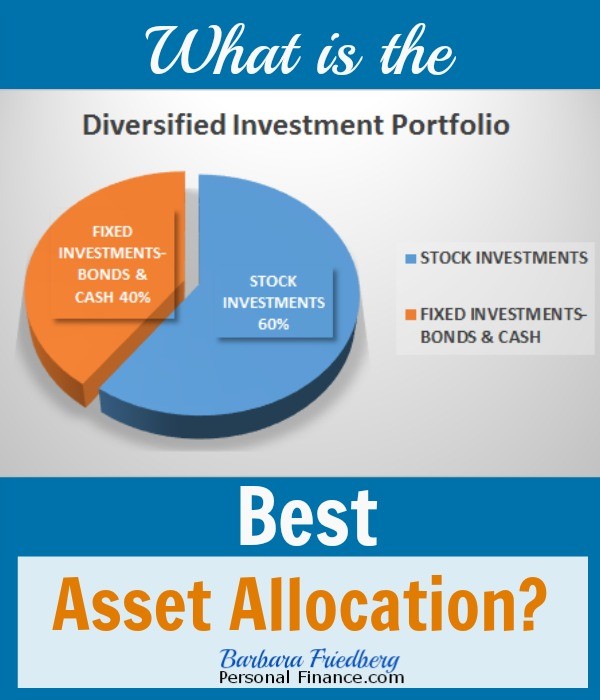20 Model Asset Allocations With Specific Mutual Fund Suggestions
Post on: 15 Май, 2015 No Comment

F or mutual fund investors, two factors that play a significant role in the total return of the investments are expenses and asset allocation. Ive written on both topics, which you can check out in How to Find The Hidden Cost of Mutual Funds and in The Beginners Guide to Asset Allocation. Today I want to share with you a free resource that can help you think through the question of asset allocation.
Choosing an appropriate asset allocation is not difficult, but it does take some work. One of the things Ive found to be helpful is to look at asset allocation plans as suggested by personal finance professionals (heres one by Warren Buffett ). We all need to make our own investment decisions, but finding sources of information you trust can be a good start in the right direction. One unlikely source for information that Ive found to be useful is the website of an investment advisor firm called Index Funds Advisors (IFA).
IFA and DFA
IFA is an investment advisor that sells mutual funds offered by Dimensional Fund Advisors (DFA). If youve never heard of DFA, youre not alone. Although theyve been around since 1981, they have traditionally catered to institutional clients, not individuals. DFA does have a network of investment advisors, however, that sell its investment products to retail investors. Unfortunately, these advisors charge a percentage of your invested assets annually, in addition to the cost of the mutual funds. These fees can add 100 basis points or more to your investment expenses, which is why Ive never invested in DFA funds.
The IFA website, however, provides a wealth of information. Using DFA index funds, the IFA website presents 20 sample investment portfolios labled 5, 10, 15 and so on up to 100. 5 is the most conservative portfolio, investing 85% of total assets in fixed income funds and only 15% in equities. The 90, 95 and 100 portfolios are the most aggressive, each investing 100% of total assets in equities. The only difference between these three most aggressive portfolios is the percentage invested in non-U.S. funds. But what really sets this site apart is the way the information is presented.
For each portfolio, IFA provides a detailed breakdown of the DFA index funds they recommend for each asset class, a chart showing the simulated returns and volatility of each portfolio back to 1927, annual returns of the portfolio from 1957 and returns based on a 7-year monthly rolling average. In addition, IFA charts the risk and returns of each of its 20 suggested asset allocations. To give you an idea, here is the asset allocation breakdown for IFAs portfolio 50:
One thing youll notice is that IFA, and DFA as it turns out, favors investments in small companies and value companies. I have a similar bias in my investment strategy and over weight my portfolio toward smallvalue funds.
The IFA site provides a wealth of additional information and is worth spending some time on if your looking to create or fine tune your asset allocation plan.
Are DFA Funds Worth The Advisor Fee?
As I mentioned earlier, Ive never invested in DFA funds because of the cost. DFA does offer some index funds that cant be found anywhere else. The companys focus on small cap and value has led it to create some index funds (e.g. international small value) that other mutual fund companies dont offer. If you like some of the suggested portfolios, however, you can find non-DFA funds to implement the same investment strategy. The match wont be perfect, but it will achieve a similar investment objective.
All of that said, if youve considered DFA funds, whether youve invested in them or not, do you believe they are worth the extra cost?














